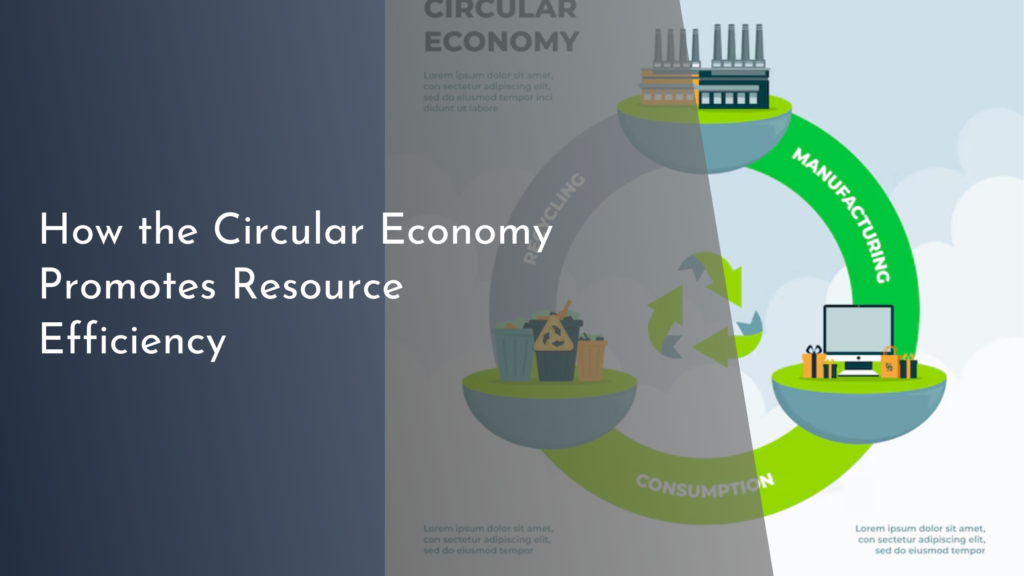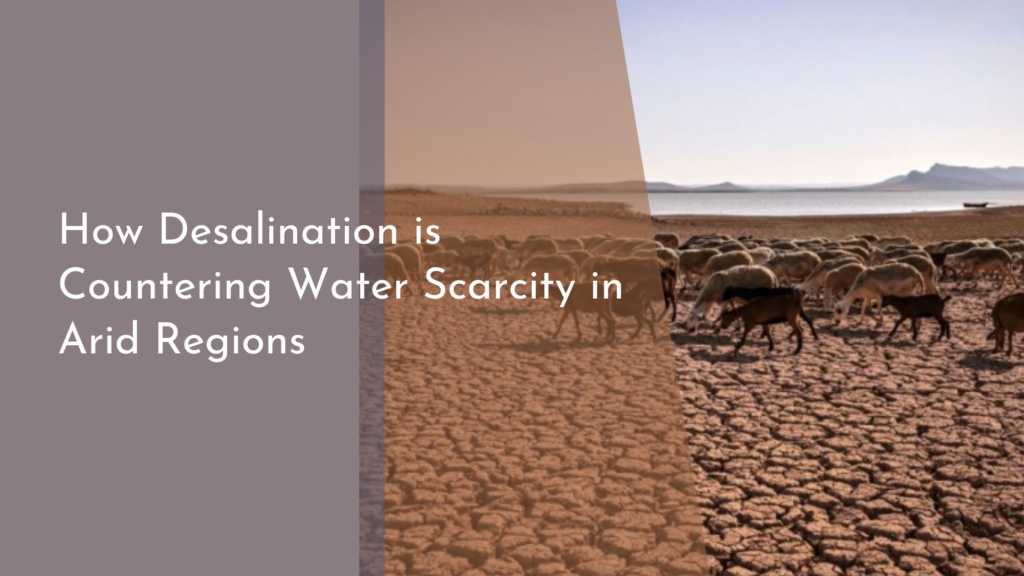Biodegradable solutions for landscape design
As environmental awareness continues to grow, landscape designers and homeowners alike are seeking ways to create beautiful outdoor spaces that are both aesthetically pleasing and ecologically responsible. One of the most exciting developments in this field is the increased use of biodegradable solutions in landscape design. By incorporating natural materials and sustainable practices, we can create landscapes that harmonize with nature, benefit the ecosystem, and reduce waste. This article explores the joys of biodegradable landscapes, the eco-friendly materials available, sustainable planting choices, and the future innovations that promise to reshape the way we think about landscaping.
Embracing Nature: The Joy of Biodegradable Landscapes
Creating a biodegradable landscape is not just about aesthetics; it is a celebration of nature and its cycles. Biodegradable solutions help to foster a sense of connection to the environment, encouraging homeowners and designers to embrace the beauty of natural elements. By incorporating materials that break down naturally, such as wood chips, bamboo, and organic fabrics, landscapes can become vibrant, living spaces that evolve over time. This approach promotes biodiversity, as the decaying materials enrich the soil and support various forms of wildlife.
Moreover, biodegradable landscapes offer a sense of peace and joy, as they align with the principles of sustainability. Homeowners can take pride in knowing their outdoor spaces contribute positively to the environment. The use of natural, biodegradable materials reduces the reliance on synthetic products, which often come with harmful side effects. As we shift towards more eco-friendly practices, we open doors to creativity and innovation in landscape design, resulting in spaces that are as unique as the individuals who inhabit them.
Eco-Friendly Materials: Transforming Your Outdoor Space
The foundation of any successful biodegradable landscape lies in the choice of materials. Designers are now turning to eco-friendly options such as reclaimed wood, recycled plastics, and natural stone. These materials not only look stunning but also have minimal environmental impact. For instance, utilizing reclaimed wood for fences, decks, or pathways can add rustic charm while reducing waste in landfills. Similarly, natural stone can be used for hardscaping features that blend seamlessly with the surrounding environment.
In addition to structural materials, the use of biodegradable fabrics for garden installations and outdoor furniture is gaining popularity. Options like hemp, jute, and organic cotton offer sustainable alternatives to synthetic textiles, providing durability without harming the planet. By selecting eco-friendly materials, landscape designers can create outdoor spaces that are functional, beautiful, and responsible, all while inspiring others to consider their own impact on the environment.
Planting with Purpose: Sustainable Choices for Design
When it comes to planting, making thoughtful choices can dramatically enhance the sustainability of a landscape. Opting for native plants is a game-changer; these species are adapted to local climates and require less water, fertilizers, and pesticides compared to non-native varieties. By incorporating native flora, designers can create landscapes that thrive naturally, support local wildlife, and require minimal maintenance. This thoughtful approach not only reduces the ecological footprint but also promotes a rich and diverse ecosystem in the community.
Additionally, permaculture principles can be applied to landscape design, encouraging the integration of plants that support one another. Companion planting, for instance, involves growing different plants together to enhance growth, deter pests, and improve soil health. This method not only reduces the need for chemical interventions but also nurtures a thriving environment. By planting with purpose, landscape designers can create spaces that are healthy, resilient, and bursting with life—showcasing the beauty of nature while promoting sustainable practices.
The Future of Landscaping: Biodegradable Innovations Ahead
The future of landscaping is brimming with exciting biodegradable innovations that promise to transform the way we design and interact with outdoor spaces. Advances in biodegradable polymers and bioplastics are paving the way for new materials that can replace conventional synthetic options. These innovations not only offer durability but also break down naturally, minimizing the environmental impact. As technology progresses, we can expect to see even more creative applications of these materials in everything from garden tools to decorative features.
Moreover, the integration of smart technologies in landscape design, such as automated irrigation systems and solar-powered lighting, can complement biodegradable solutions. These technologies can help optimize water usage and energy efficiency, further enhancing the sustainability of outdoor spaces. As we continue to explore biodegradable options and innovative technologies, the future of landscaping looks bright and promising. Together, we can create landscapes that are not only beautiful but also serve as a source of inspiration for generations to come.
In conclusion, embracing biodegradable solutions in landscape design offers a harmonious path toward a sustainable and eco-friendly future. By selecting natural materials, making informed planting choices, and staying abreast of innovative developments, we can create outdoor spaces that reflect our commitment to the environment. The joy of biodegradable landscapes lies not only in their beauty but also in the positive impact they have on our planet. As we move forward, let’s celebrate these joyful, nature-inspired designs that harmonize with the earth and inspire others to follow suit!


